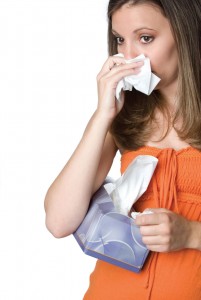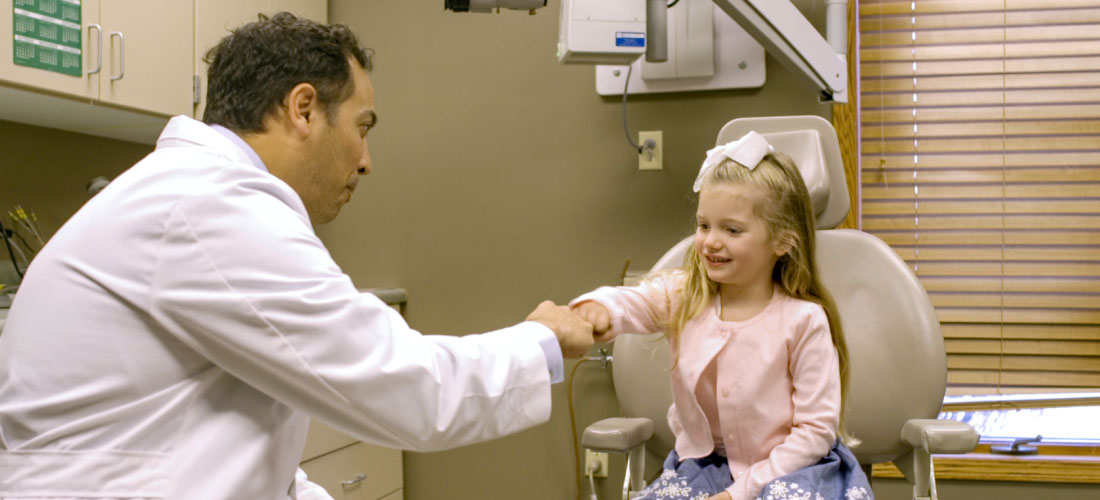Tips to breathe with ease by controlling your environment
Does springing forward have your health falling way behind? Do you color coordinate your tissues to match your wardrobe? Then you’re one of the millions of Americans who suffer from allergies.
 Spring can be one of the most anticipated and beautiful times of the year. But for allergy sufferers, they may be enjoying this season of renewal through a haze of sneezing, or worse yet, through the windows of their home. Before losing hope, it’s important to understand allergies and how simple environmental tips can make a difference.
Spring can be one of the most anticipated and beautiful times of the year. But for allergy sufferers, they may be enjoying this season of renewal through a haze of sneezing, or worse yet, through the windows of their home. Before losing hope, it’s important to understand allergies and how simple environmental tips can make a difference.
Dr. Daniel Todd, an allergy specialist at Midwest ENT, says that spring allergies are largely a result of pollen from trees, which can start pollinating anytime from January to April, depending on the climate and location.
“Inhalant allergies are roughly divided into perennial and seasonal,” Dr. Todd says. “Perennial, or year-round allergies, include dust mites, molds and pet dander. Seasonal allergies are more likely pollens and become airborne during the pollination seasons.”
This is the overload phenomeno – different types of allergies all layering upon each other and all wreaking havoc. “Although medications and procedures can offer temporary or even permanent relief,” Dr. Todd says “the best treatment method is avoidance.”
“Avoiding airborne allergens can be achieved through controlling a variety of simple environmental factors,” Dr. Todd says. But unlike the perennial allergens, such as pets, dust mites and molds, it’s more difficult to avoid exposure to pollen, since it’s present in the outdoor air.
Here are some environmental tips to help minimize airborne allergies:
- Keep windows closed and opt for the air conditioner to prevent pollen from drifting into your home.
- Minimize early morning activity when pollen is usually emitted.
- Close car windows when traveling.
- Stay indoors when the pollen count is reported to be high, or on windy days when pollen may be present in higher amounts.
- Take a vacation during the height of the pollen season to a more pollen-free area, such as the beach or sea.
- Avoid mowing the lawn or being around freshly cut grass.
- Machine-dry bedding and clothing. Pollen may collect in laundry if it’s hung outside to dry.
- Take a shower after being outside to rid pollen from skin and hair.
And if these tips aren’t cutting it, Dr. Todd suggests medications and nasal sprays as a way to get relief.
“Seasonal exposure just adds to the overall allergic load,” Dr. Todd says. “It’s often the straw that breaks the camel’s back, but they can be avoided or tolerated with the proper measures.”
By Jennifer Dumke: Sioux Falls Woman Magazine












